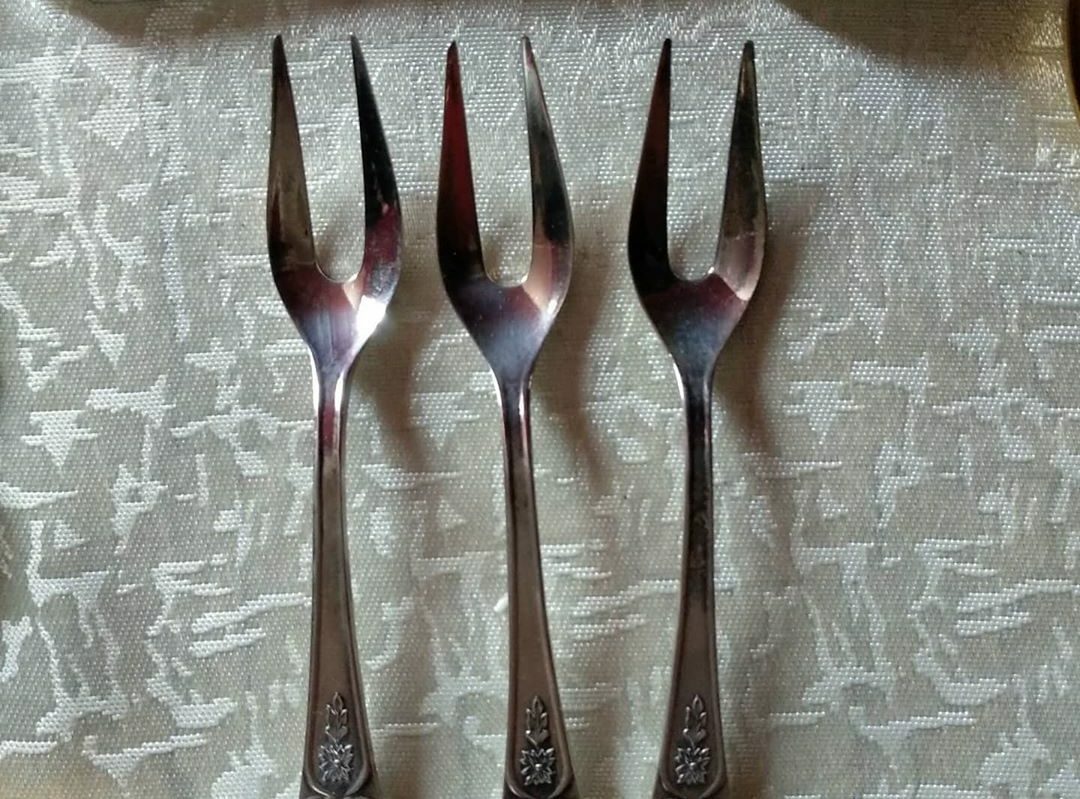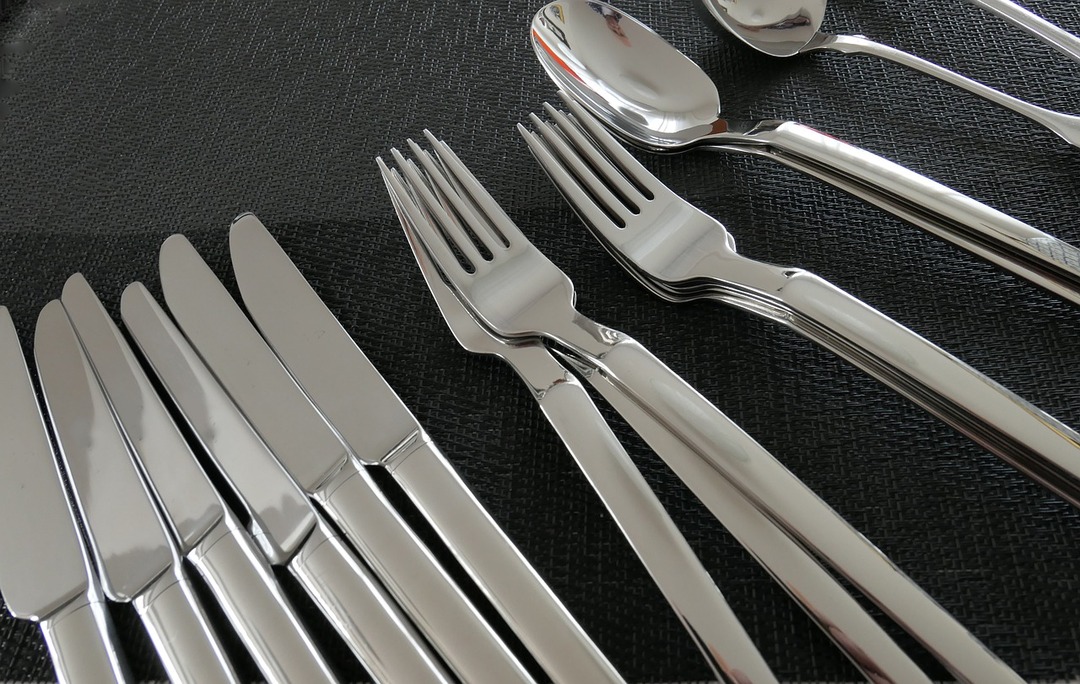If a person is thirsty, he will take any utensils that are at hand. It can be a mug, glass, or glass. Indeed, at this moment, few people think about the difference between the capacities.
In fact, a mug or cup is used for hot and cold drinks, such as coffee, jelly, compote or tea. A glass is a festive option designed exclusively for alcohol. And the capacity for each type of drink will have its own volume.
Usually the volume of the glasses is different. The capacity depends on the beverage dispensed. For example:
- for champagne - 0.2 l;
- cocktail - 0.350 l;
- beer - from 0.2 to 0.5 liters.
For convenience, the beer container does not have a "leg".
The content of the article
- How many ml in glasses for different purposes
- How a glass differs from a glass or a cup, what determines its capacity
How many ml in glasses for different purposes
A good drink needs the right frame - this is the only way to emphasize the taste and aroma of alcohol. Therefore, the "dishware" assortment is replete with a variety of options for glasses, differing not only in appearance, but also in volume.
- Brandy pair. This is a sniffer glass, recognizable barrel-shaped with a neck tapering at the top. Not only cognac is poured into the container, but also other strong alcohol, such as brandy. The average capacity is 0.2-0.5 liters.
@Flickr
- With champagne. It is shaped like a flute and has a narrow “neck” that helps to hold the bubbles of the drink as it is poured. The volume is 200 ml.
@Engraved Crystal Decanters & Glasses
- Highball. A regular in bar establishments, as this is the best option for all kinds of cocktails. The wide, high container with dense walls allows you to keep drinks chilled for a long time. The volume of the container does not exceed 0.35 liters.
@A Bar Above
- Collins. It got its name in honor of the drink of the same name - "Tom Collins", which in turn immortalized the name of the legendary head waiter Limmer's Old House (a truly interesting place of the early 19th century, in which all the English aristocracy and various political figures). Collins' modern bars serve a variety of long drinks. Capacity - up to 400 ml.
@ Markenglas.de
- Liqueur. A scaled-down version of the classic wine glass. However, it is intended not only for viscous alcohol, but also for sweet wines, liquor-based drinks, vodka and dessert brandy. Capacity - from 300 to 600 ml.
@Amara
- Hurricane. It was revealed to the world in the middle of the last century and its design strongly resembles a vintage "Bat" lamp. Serves to serve the rum-based drink of the same name, mixed with citrus juice and freshly squeezed fruit juice. Also suitable for slings - drinks made from strong alcohol, diluted with mineral water and fruit juice. Capacity - from 400 to 750 ml.
@WebstaurantStore
- Toggle switch. It got its name thanks to the slightly convex bottom, which does not allow the container to be placed on the countertop without splashing. It is used for whiskey, because thanks to the shape, the glass must be held in hand, warming the contents. This helps the drink to fully develop its flavor and aroma. Volume - 300 ml.
@Urban Bar
- Sauer. The design resembles an hourglass and serves for serving alcohol based on acidic ingredients. Capacity - from 80 to 150 ml.
@ macys.com
- For red wine. These varieties are best suited for a wide, pot-bellied and slightly squat version with a tapering top. The optimal volume is 300 ml.
@Maremma
- For white wine. Has a more elongated shape compared to the previous model. However, the container capacity is slightly less - 260 ml.
@The Drinks Business
- For Porto. The inventor of the canonical product is the Portuguese architect Arvaru Siza Vayera, winner of the Pritzeker Prize. A designer responsible not only for a few original architectural structures, but also for the capacity recognized as a benchmark. Reminiscent of a tulip bud, equipped with a comfortable thumb hole and standing on a graceful faceted leg - this is how the glass standard, approved by the Porto Wine Institute, looks like. Capacity - 0.16 l.
@ Markenglas.de
- Beer. Everything here is simple and without problems - massiveness, thick glass walls, a durable handle. The capacity is impressive - up to 500 ml.
@ jhdbh223-www.freepik.com
Knowledge of the varieties and volumes of glasses will help you beautifully and, most importantly, correctly set the table and not get into trouble at a festive event.
How a glass differs from a glass or a cup, what determines its capacity
Appearance is the main characteristic by which a glass differs from a glass or mug:
- Cup. Low capacity of a semicircular shape with fairly thick walls. Usually it looks like a hemisphere, but sometimes you can find other options on sale. Most often comes complete with a miniature saucer.
- Mug. Cookware with a shape close to a truncated cone. They are characterized by thick walls and a small handle on one side. Typically taller and more roomy than cups.
- Cup. In appearance they resemble a cylinder. But sometimes you can find a product of an intricate shape. Their main distinguishing feature is the absence of side handles.
- Wineglass. A complex design, consisting of three elements: a reservoir for liquid, a "leg" and a stand.
@Crate and Barrel Canada
There is an opinion that a mug is a simplified name for a glass made of ceramics or porcelain. In fact, these are different containers, differing not only in appearance, but also in purpose.
Subscribe to our Social Networks


